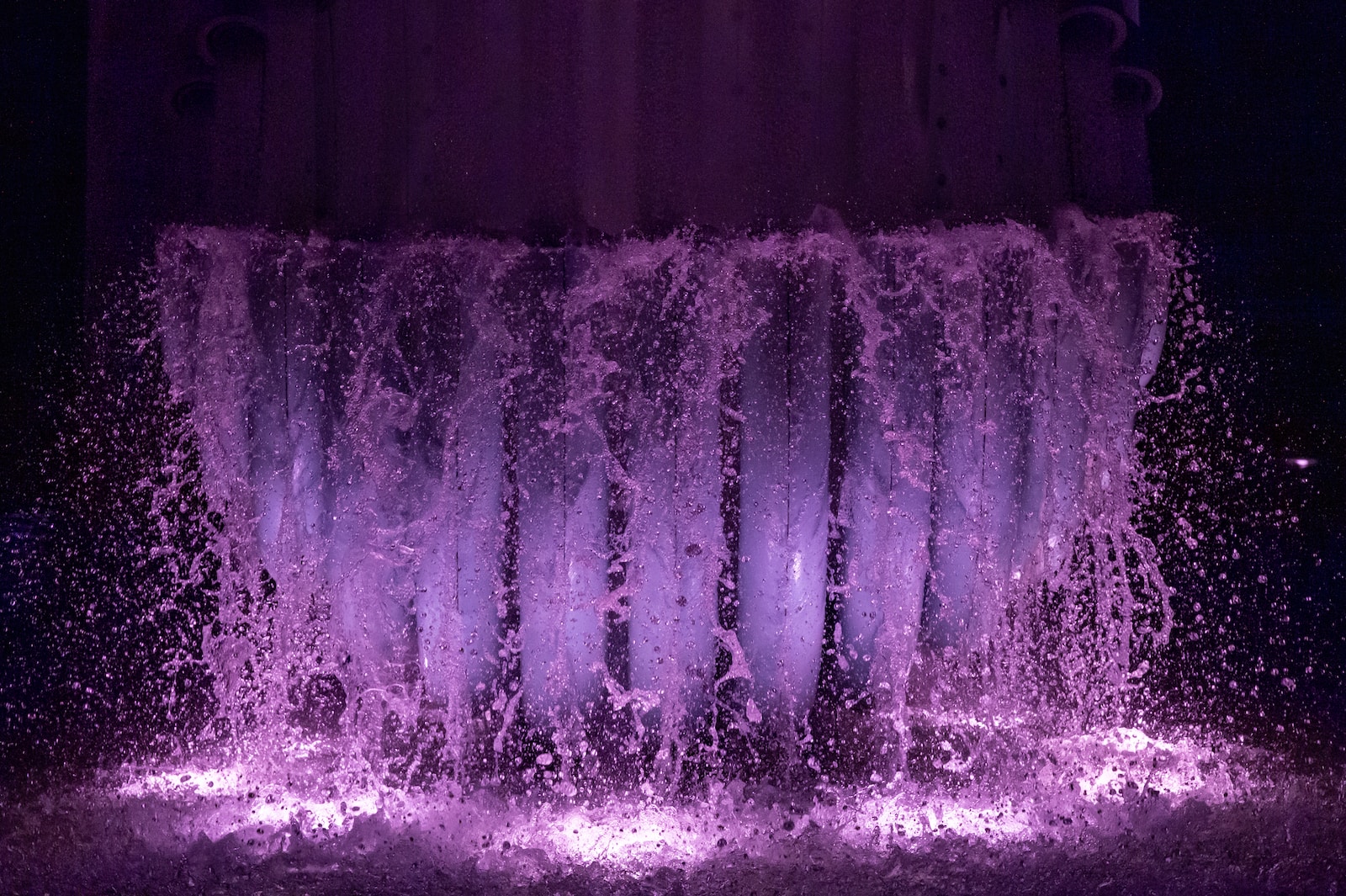Table of Contents
ToggleIntroduction:
The recent discovery of a vibrant purple hue in an Iowa creek has left locals intrigued and curious about the cause behind this unusual phenomenon. In this article, we delve into the fascinating world of purple sulfur bacteria, explore its effects on the environment, and provide practical tips for managing similar situations.
Mysterious Transformation: Purple Sulfur Bacteria in Iowa Creek
In a picturesque Iowa creek near Spirit Lake, a transformation occurred that captured the attention of onlookers—a captivating shade of purple. This captivating display was caused by purple sulfur bacteria, a naturally occurring microorganism that thrives in specific environmental conditions.
Understanding Purple Sulfur Bacteria and Its Effects
Purple sulfur bacteria belong to a group of microbes known as phototrophic bacteria, which derive energy from sunlight through photosynthesis. They can be found in various aquatic environments, such as freshwater lakes, ponds, and creeks. While purple sulfur bacteria are not commonly seen on the surface of the water, they are often found beneath decaying vegetation on the shoreline.
Identifying Purple Sulfur Bacteria: Signs and Characteristics
Purple sulfur bacteria exhibit distinct characteristics that make them easily recognizable. When present, they impart a vivid purple or pink coloration to the water, capturing the attention of anyone who encounters it. Additionally, these bacteria often emit a strong odor, which can be described as sulfurous or rotten-egg-like.
Environmental Impact: Harmless Helpers or Cause for Concern?
Despite their striking appearance, purple sulfur bacteria are generally harmless to humans and aquatic life. In fact, they can play a beneficial role in ecosystems by aiding in the decomposition of organic matter and helping to remove harmful chemicals from water bodies. However, large blooms of these bacteria can lead to oxygen depletion and pH fluctuations, potentially impacting the overall balance of the ecosystem.
Managing Purple Sulfur Bacteria in Water Bodies
When faced with a purple water situation, it is essential to take appropriate measures to manage and mitigate any potential environmental imbalances. The Iowa Department of Natural Resources (DNR) is actively involved in addressing such occurrences, working diligently to restore affected water bodies to their natural state.
Tips for Prevention and Mitigation
Preventing and managing purple sulfur bacteria blooms requires a proactive approach. Here are some practical tips:
- Regularly monitor water quality to detect any changes or unusual occurrences.
- Maintain a healthy balance in aquatic environments by promoting biodiversity and minimizing the accumulation of decaying organic matter.
- Implement natural water treatment methods, such as aeration or the introduction of beneficial microorganisms, to enhance water quality and minimize the likelihood of bacteria blooms.
Conclusion: Embracing Nature’s Unexpected Colors
The sight of a purple creek may be a temporary marvel, but it serves as a reminder of the intricate balance of nature. Purple sulfur bacteria, though visually stunning, are a natural part of our environment. By understanding their presence, impact, and taking appropriate measures, we can appreciate the wonders of nature while ensuring the health and sustainability of our water bodies.
Remember, if you ever encounter a purple water phenomenon in your area, don’t panic. Instead, take the opportunity to learn more about purple sulfur bacteria and embrace the unexpected colors that nature presents to us.
By staying informed and actively engaging in environmental stewardship, we can protect our water resources and foster a harmonious coexistence with the diverse ecosystems that surround us.
So, keep your eyes open, appreciate the marvels of nature, and be ready to uncover the secrets behind nature’s unexpected hues!







